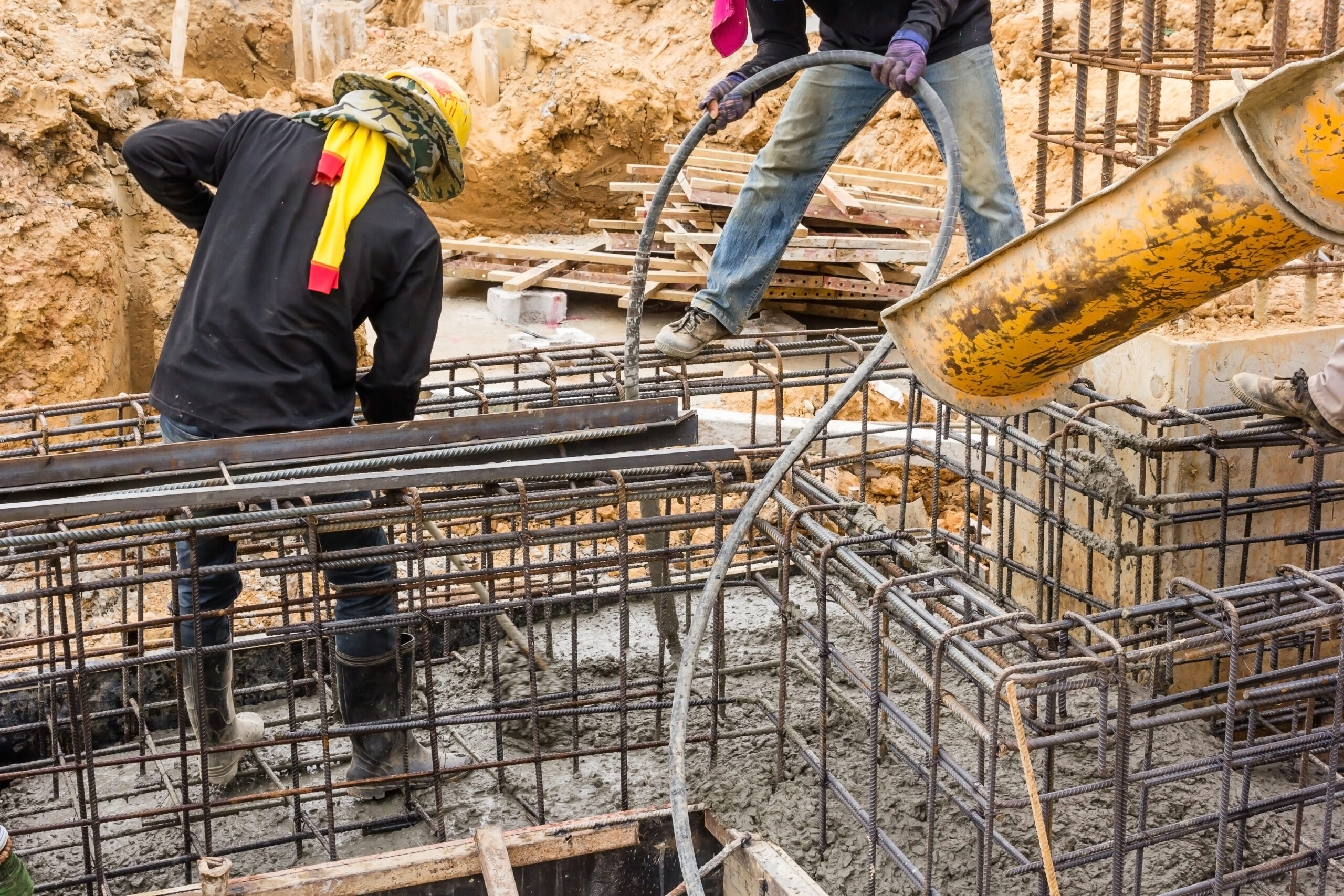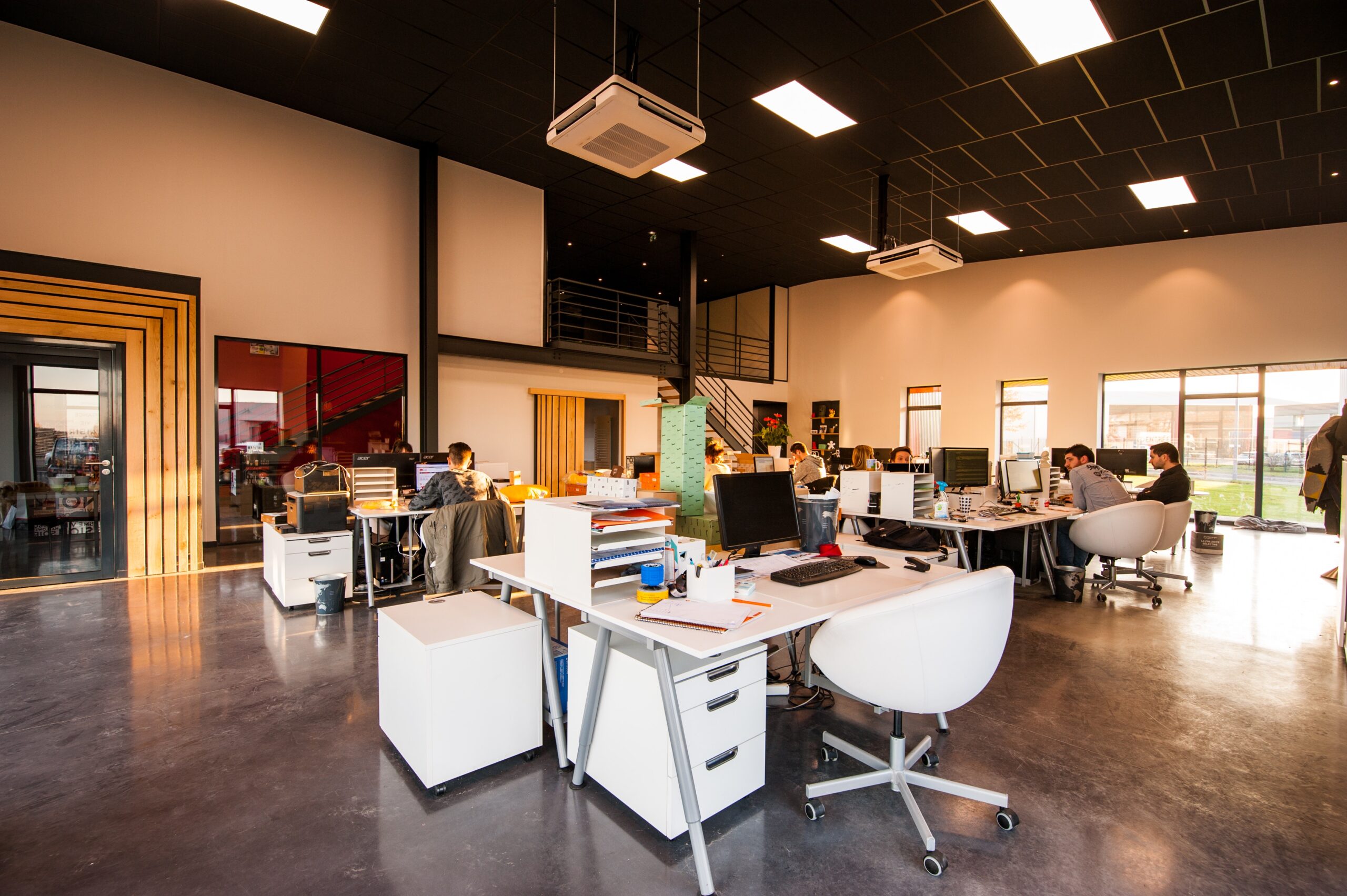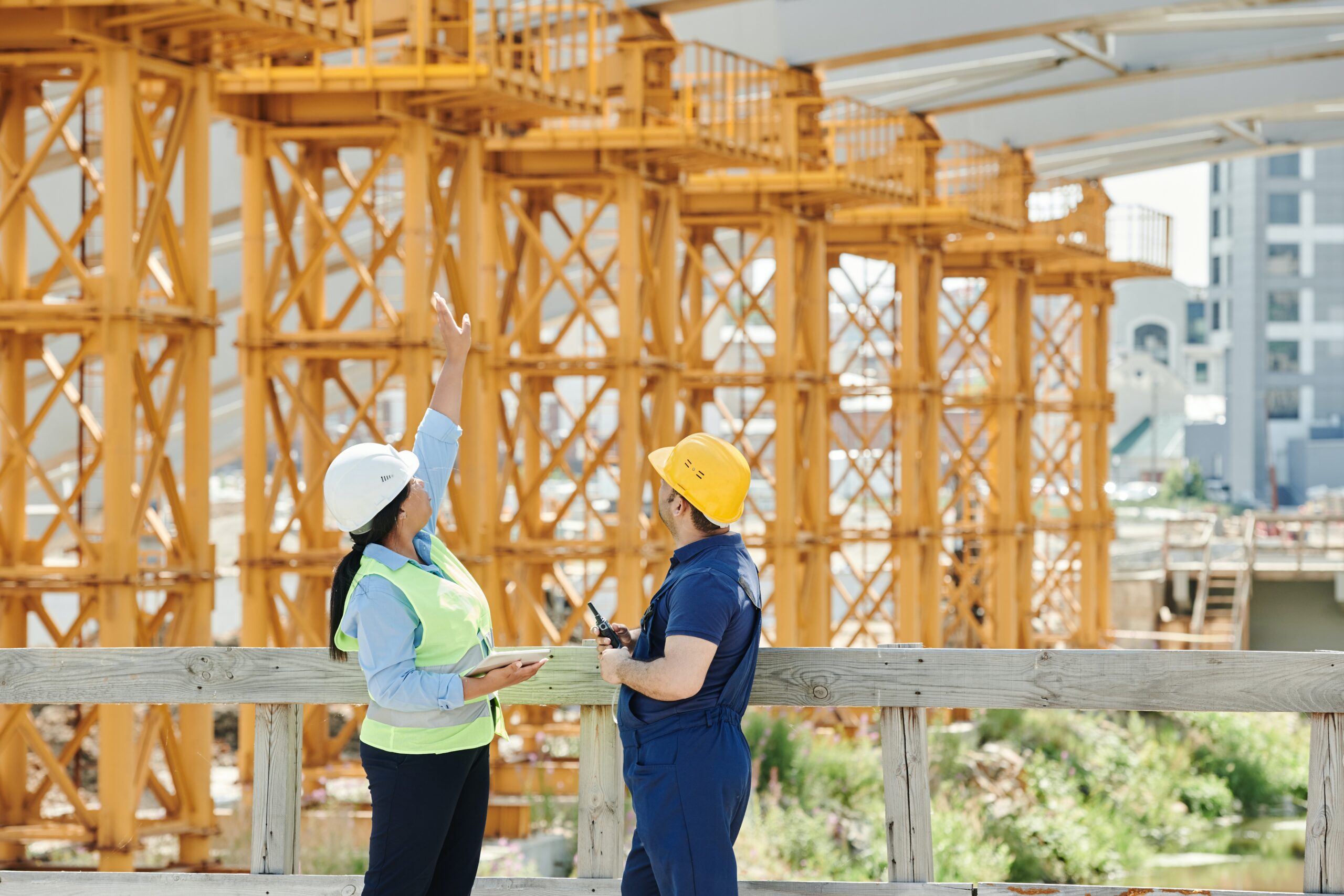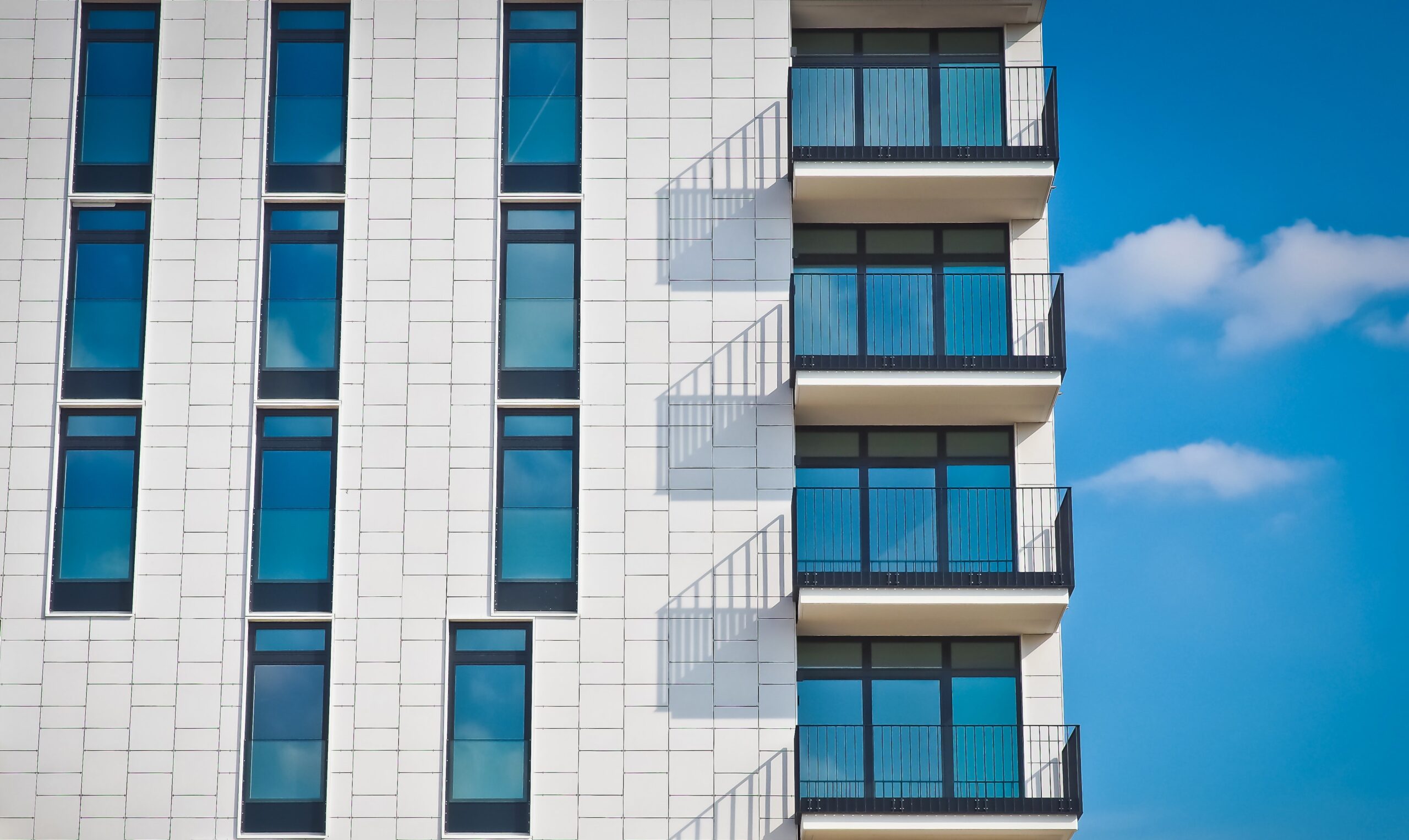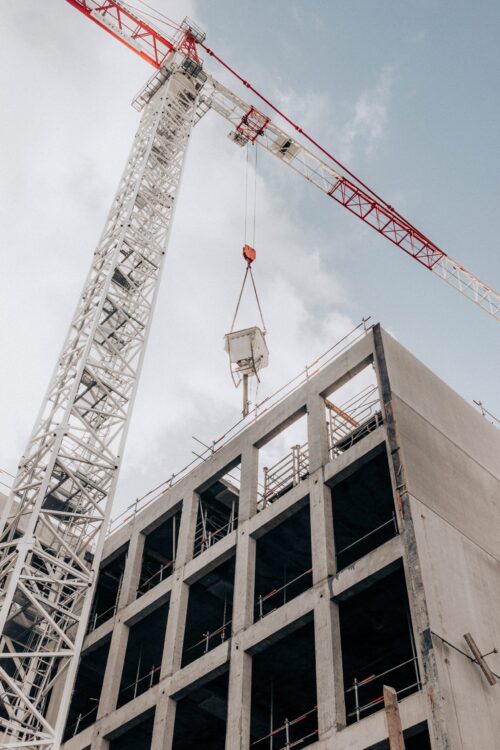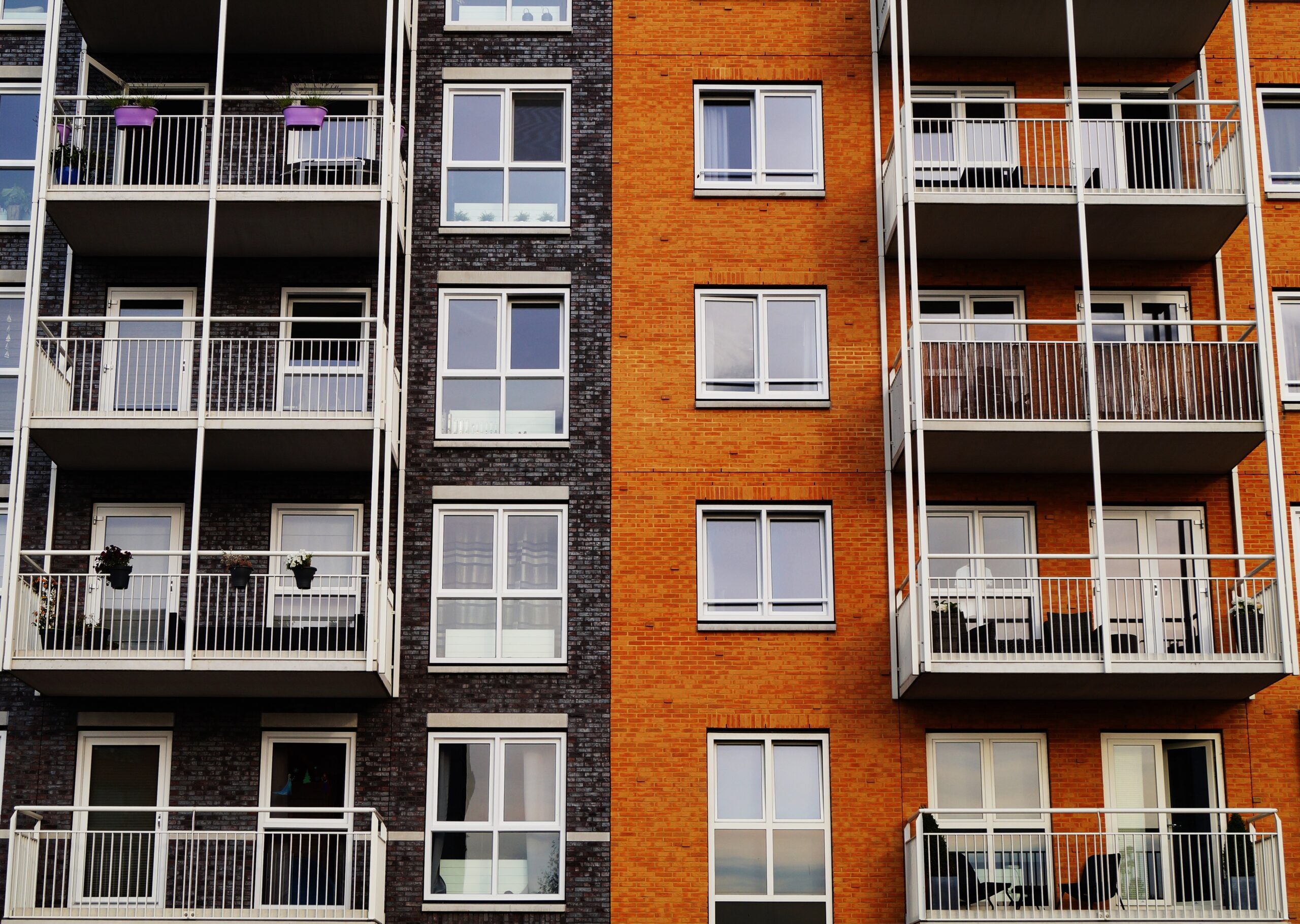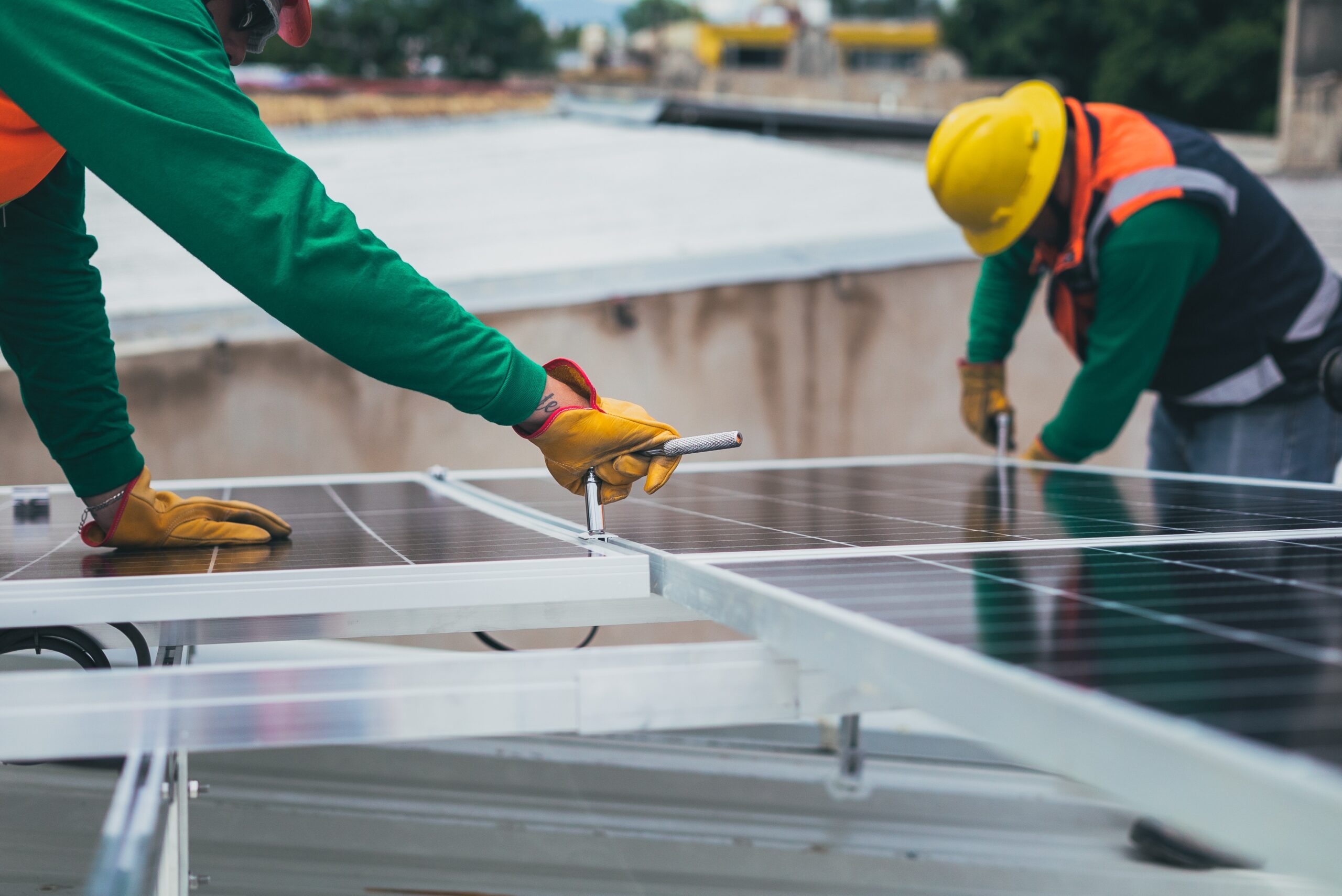Opportunity zones encourage private real estate investors to seek new investments in lower-income areas. Tax incentives reward investors who take advantage of the opportunity zone program. Tax deferrals, general reductions, and adjustments of capital gains taxes make opportunity zone investments appealing.
What is an Opportunity Zone?
An opportunity zone is an often up-and-coming area with a distressed economy. The general goal in deeming an area an opportunity zone is to find an influx of funds to kick-start the economy and create new jobs.
The government aims to entice investors with tax benefits and, in return, see new development, land improvement, and property renovations. The establishment of new recreational facilities, restaurants, etc., creates more jobs in the community. Furthermore, even the construction and renovation processes provide job opportunities for community members seeking work.
Who Should Invest in Opportunity Zones?
Typically, long-term investors are the ideal fit for investing in opportunity zones. Investors only realize some tax benefits after a specified period (10+ years). Therefore, if investors hope to liquidate their assets before taking full advantage of the tax incentives, opportunity zone investing may not be the right strategy.
If you are unsure whether or not opportunity zone investment is an option for you, consult your team of local real estate professionals. Please reach out to Steve Longenecker at WeBrokerCORealEstate or 720-600-9513 regarding any commercial real estate needs in Longmont, CO, and our neighboring communities.
We give out $250 gift cards for referrals that become our real estate clients.
Like, Share & Follow us on LinkedIn and Facebook.
#longmontcommercialrealestate #commercialrealestatebroker #northerncoloradocommercialrealestate

